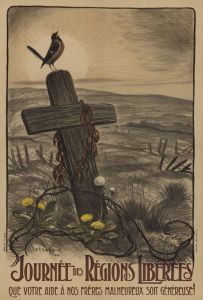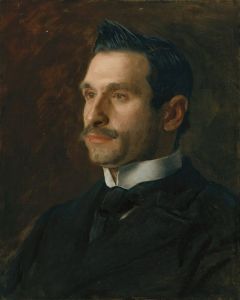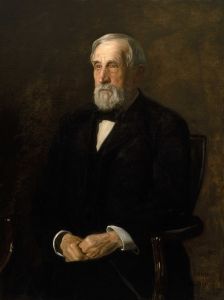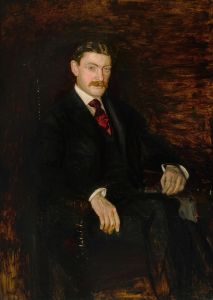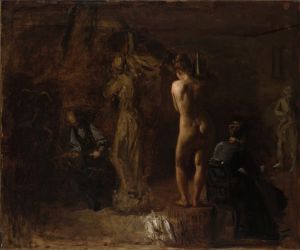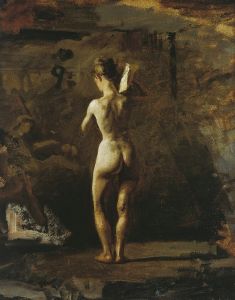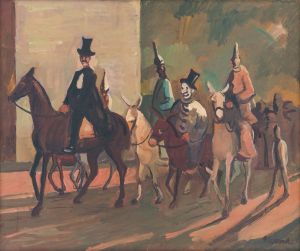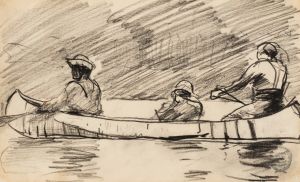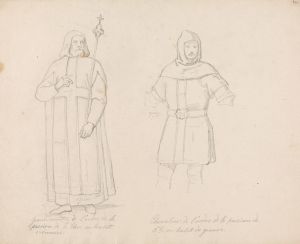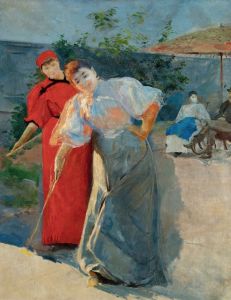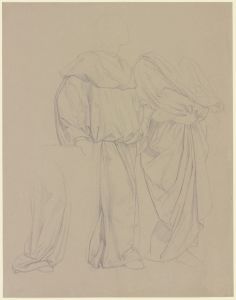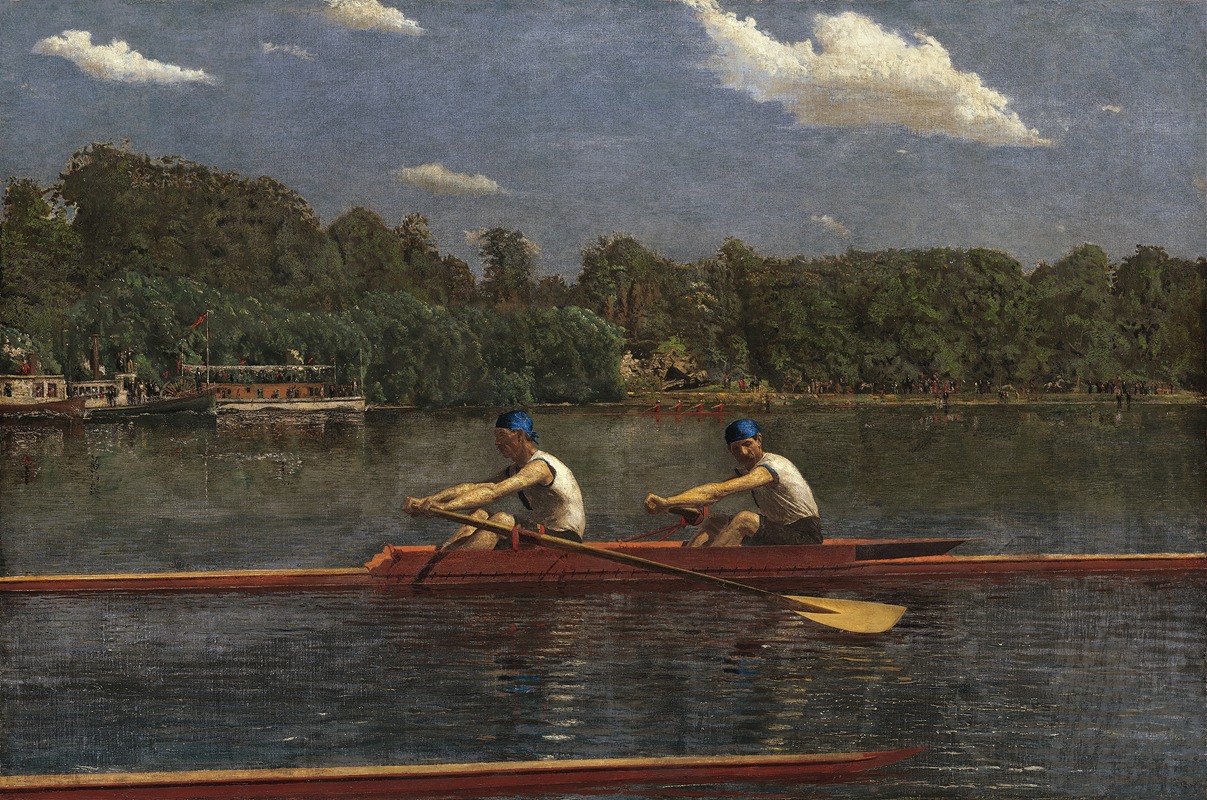
The Biglin Brothers Racing
A hand-painted replica of Thomas Eakins’s masterpiece The Biglin Brothers Racing, meticulously crafted by professional artists to capture the true essence of the original. Each piece is created with museum-quality canvas and rare mineral pigments, carefully painted by experienced artists with delicate brushstrokes and rich, layered colors to perfectly recreate the texture of the original artwork. Unlike machine-printed reproductions, this hand-painted version brings the painting to life, infused with the artist’s emotions and skill in every stroke. Whether for personal collection or home decoration, it instantly elevates the artistic atmosphere of any space.
"The Biglin Brothers Racing" is an oil painting created by the American artist Thomas Eakins in 1872. Eakins, known for his realistic portrayal of the human figure and his interest in capturing motion, was a prominent figure in American art during the late 19th century. This painting is one of his notable works that exemplifies his dedication to realism and his fascination with the sport of rowing.
The painting depicts a scene from a rowing race on the Schuylkill River in Philadelphia, Pennsylvania. The focus is on the Biglin brothers, John and Barney, who were well-known rowers of their time. The brothers are shown in a scull, a type of rowing boat, with their oars in motion, capturing the dynamic energy and intensity of the race. Eakins' attention to detail is evident in the way he portrays the musculature and movement of the rowers, as well as the reflections and ripples in the water.
Eakins' interest in rowing was not merely artistic; he was also an avid rower himself. This personal connection to the sport allowed him to bring an authentic perspective to his work. He meticulously studied the mechanics of rowing and often used photographs to aid in capturing the precise movements of the athletes. This approach was part of Eakins' broader commitment to realism and scientific accuracy in art.
"The Biglin Brothers Racing" is significant not only for its artistic merit but also for its cultural context. During the 19th century, rowing was a popular sport in America, and races often attracted large crowds. The painting reflects the growing interest in sports and physical fitness during this period, as well as the emergence of competitive rowing as a spectator sport.
Eakins' work was initially met with mixed reviews, as his focus on realism and the human form was sometimes at odds with the more romantic and idealized styles that were popular at the time. However, his dedication to capturing the truth of his subjects eventually earned him recognition as one of America's foremost realist painters.
Today, "The Biglin Brothers Racing" is housed in the National Gallery of Art in Washington, D.C. It remains an important example of Eakins' skill in portraying motion and his ability to convey the physical and emotional intensity of athletic competition. The painting continues to be studied and admired for its technical precision and its contribution to the development of American art in the 19th century.





